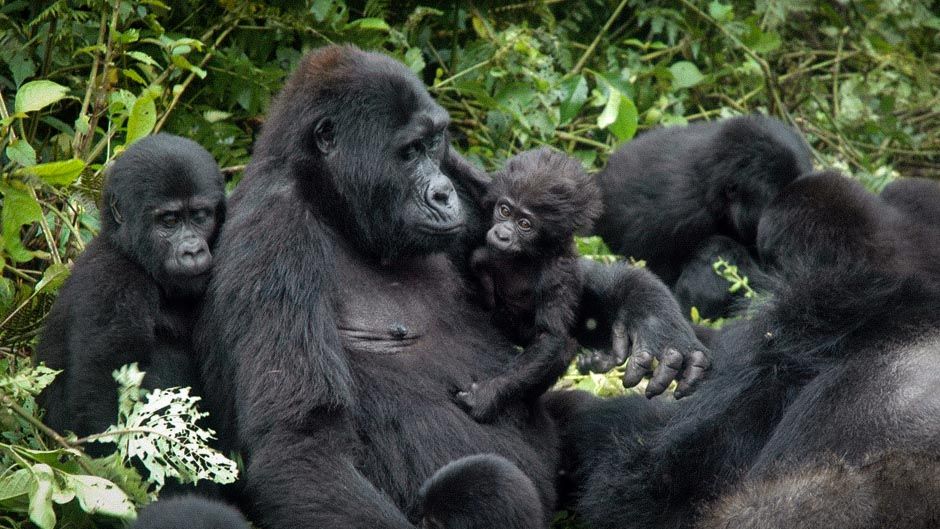Nyungwe National Park is a national park that lies southwestern of Rwanda on bordering neighbors Burundi. Gazetted as a protected area in 2004 and situated in the south of Lake Kivu, Nyungwe Park covers an area of about 970 sq km of rainforest, bamboo, grassland and boggy swamps.

Nyungwe National Park
The most dominant feature of the national park is the Nyungwe forest. The forest is located in a zone where several massive bio-geographical zones overlap and the variety of earthly biomes provide a great stretch of microhabitats for numerous varieties of rare species of vegetation and animals.
A uniquely rich center of floral diversity, the Nyungwe forest has over 200 rare tree species and an assortment of attractive flower plants such as the giant lobelia as well as a host of colorful orchids and shrubs.
Wildlife
Nyungwe National Park hosts a wide diversity of amazing animal species, making it one of the prime conservation areas in Africa. The park harbors about 13 different primate species and 85 mammal species. Many of these safari animals are restricted-range species specifically dominant in the Albertine Rift eco-region on the African continent. Several primates are found in the dense regions of the forest. Some of them include popular Chimpanzee, Hamlyn’s Monkey, Angola Colobus, Olive Baboon, L’Hoest’s Monkey, Silver Monkey, Dent’s Mona Monkey, Red-Tailed Monkey, Golden Monkey, Grey-cheeked Mangabey and Vervet Monkey. It is a perfect destination for primate tracking.
Birdlife
Nyungwe National Park is one of the most sought ornithological destinations in Africa. It harbors over 300 bird species of which two dozen are particularly confined in the montane forested areas in the Albertine Rift. The highlight of a birding safari in the park is spotting the great blue turaco – an outlandish blue, red and green bird which streams from place to place like a demonstration of graceful turkeys.

Great Blue Turacos
Accommodations
The park offers accommodation in a great luxury a Rest house in a natural forest setting and a campsite situated along the main road. It will take two to three days for Birdwatchers and chimp trekkers to explore the natural beauty of the park. Accommodation is available in Butare and Cyangugu.
Activities
- Forest nature walks – A nature walk through this forest can be truly rewarding.
- Birding Tours into the dense zone of the forest
- Primate trekking




